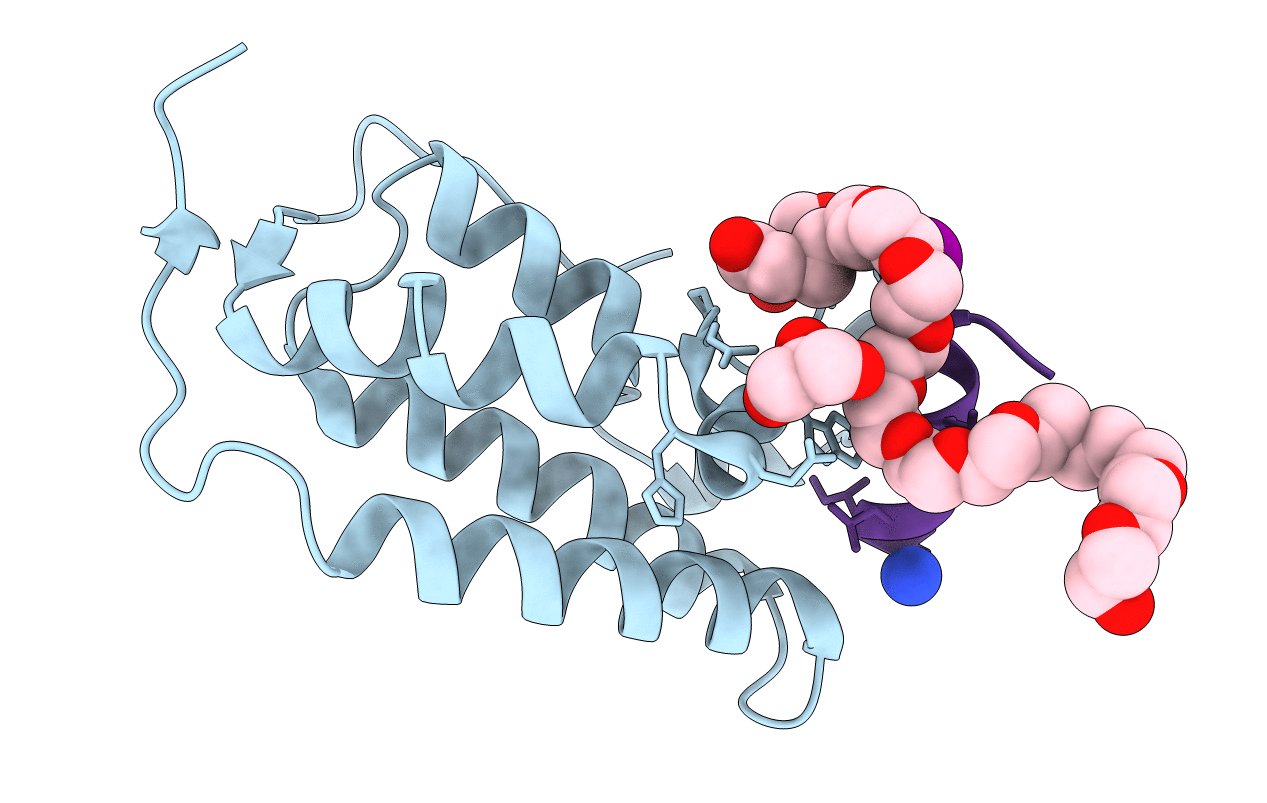
Deposition Date
2019-09-05
Release Date
2020-08-19
Last Version Date
2023-11-15
Entry Detail
PDB ID:
6U8H
Keywords:
Title:
BRD2-BD1 in complex with the cyclic peptide 3.2_2
Biological Source:
Source Organism:
Homo sapiens (Taxon ID: 9606)
Host Organism:
Method Details:
Experimental Method:
Resolution:
2.07 Å
R-Value Free:
0.22
R-Value Work:
0.18
R-Value Observed:
0.18
Space Group:
P 41 21 2


